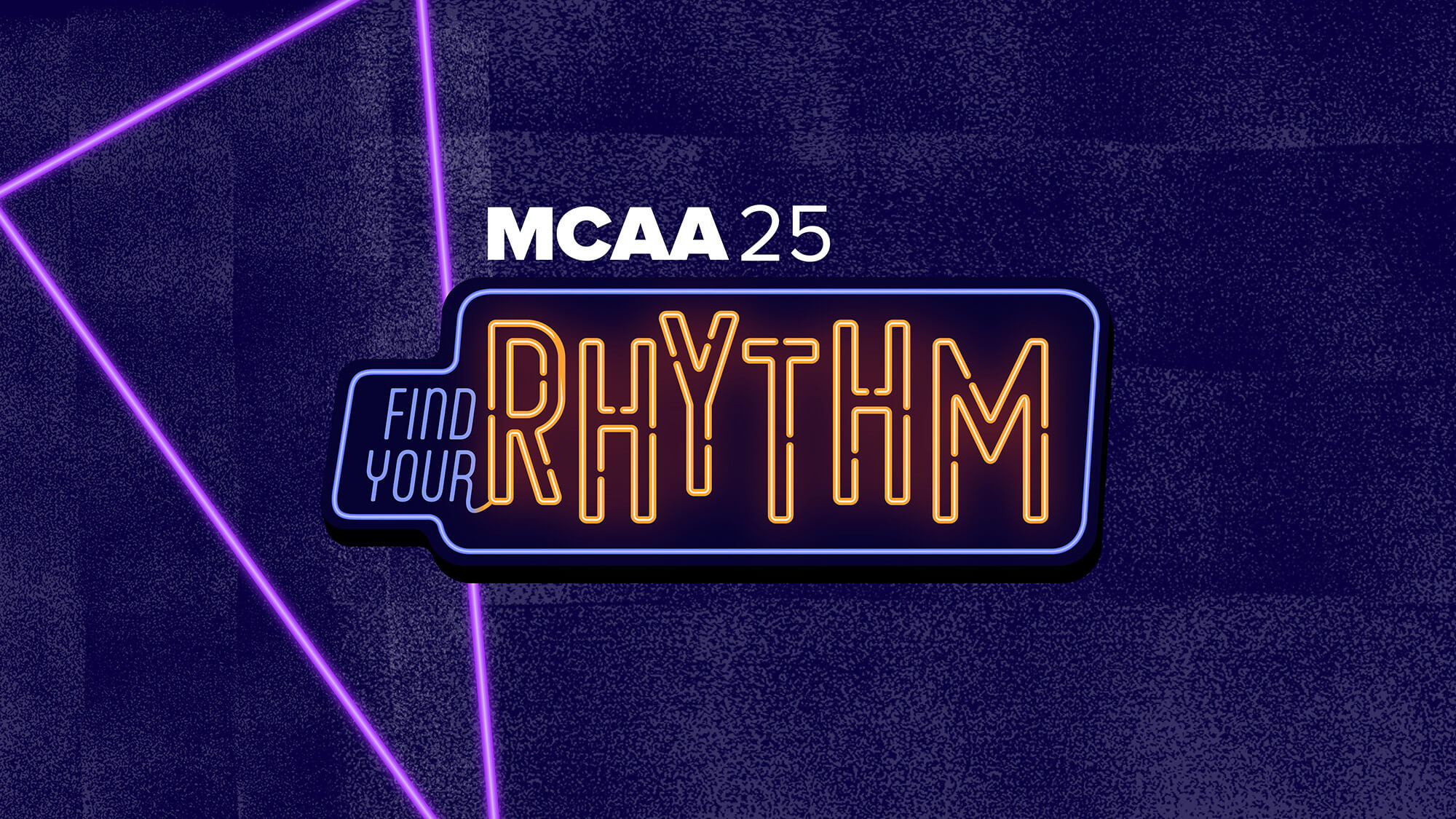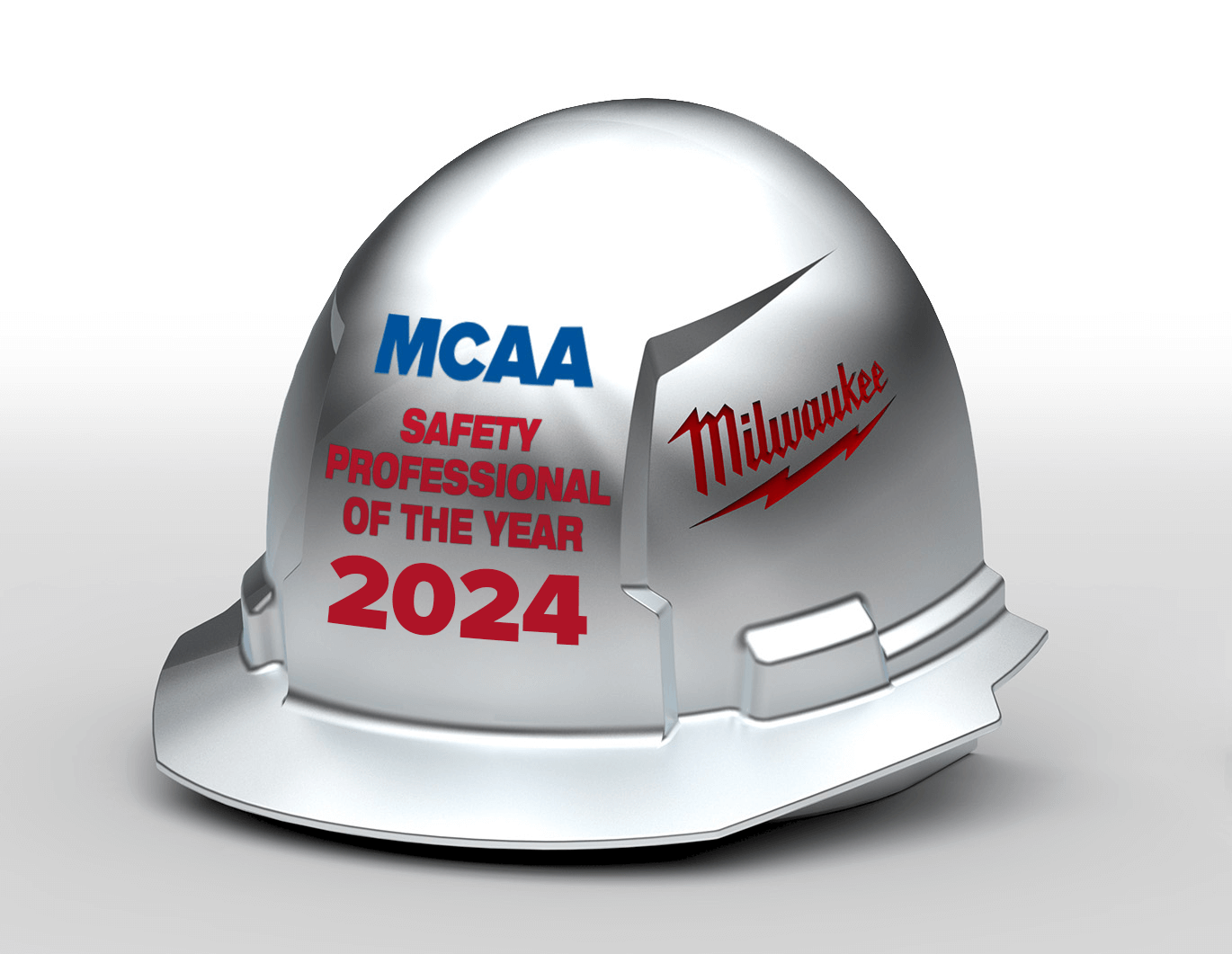
On June 17, 2020 the SBA issued not one, but two PPP Loan Forgiveness Applications and sets of instructions – the revised PPP Loan Forgiveness Application and instructions (PPP Application) and the PPP Loan Forgiveness Application Form EZ and instructions (PPP EZ Application).
The revised version of the original loan forgiveness application hews closely to the original that was released on May 15, 2020, but updates it to accommodate the changes to the PPP made in the PPP Flexibility Act. Both applications (and the two sets of related instructions) clarify some points and, in true PPP form, raise additional questions. Let’s discuss the salient points and the changes, starting with the biggest news.
Introduction of the PPP Loan Forgiveness Application Form EZ
Who Can Use Form EZ?
- Borrowers can use the form only if they are able to check one of the following three boxes:
- Option 1: Borrower is a self-employed individual, independent contractor, or sole proprietor who had no employees at the time it filed its PPP loan application and it did not include any employee salaries in the computation of its loan amount when it filed its borrower application form.
- Option 2: Borrower meets the following two requirements:
- Borrower did not reduce the annual salary or hourly wages of any employee by more than 25% during the covered period (“CP”) compared to the reference period (January 1, 2020 – March 31, 2020); AND
- The borrower did not reduce the number of employees or the average paid hours of employees between January 1, 2020 and the end of the CP. (Ignore reductions that arose from an inability to rehire individuals who were employees on February 15, 2020 if the borrower was unable to hire similarly qualified employees for unfilled positions on or before December 31, 2020.) Also ignore reductions in an employee’s hours that the borrower offered to restore and the employee refused.
- Option 3: Borrower meets the following two requirements:
- Borrower did not reduce the annual salary or hourly wages of any employee by more than 25% during the CP compared to the reference period (January 1, 2020 – March 31, 2020); AND
- Borrower was unable to operate during the CP at the same level of business activity as before February 15, 2020 due to compliance with requirements established or guidance issued between March 1, 2020 and December 31, 2020 by HHS, CDC or OSHA, relating related to the maintenance of standards of sanitation, social distancing, or any other work or customer safety requirement related to COVID-19.
Presentation of Form EZ
- The form involves a simplified calculation that adds the payroll and non-payroll costs paid or incurred during the CP, and then applies two limits on such amount: (i) the PPP loan amount and (ii) the 60% payroll cost requirement, e., that payroll costs must constitute at least 60% of the loan forgiveness amount.
- The form eliminates the headcount and wage reduction calculations because not having either one of them is a precondition to using the form, as noted above.
- The form includes a borrower certification regarding the lack of headcount or wage reductions.
Required Documentation
The instructions to Form EZ lay out the required documentation to be submitted with, and also maintained by, the borrower.
- The following documentation is required to be submitted to the lender:
- Payroll –
- Documentation verifying eligible cash compensation and non-cash benefit payments from the CP or APCP – including tax filings and/or third-party payroll service provider reports for payroll costs and payment receipts, cancelled checks and/or account statements for health insurance and retirement plan contributions
- If a borrower selected Option 2 above, documentation supporting the average number of FTE employees on payroll on January 1, 2020 and the end of the covered period (since the certification requires that there was no reduction, we presume lenders will want to see support for the entirety of the period in between, as well, and recommend that borrowers are prepared to provide this)
- Nonpayroll – it does not appear that there were any changes to the requested documentation from the initial loan forgiveness application
- Payroll –
- The following documentation is required to be maintained, but is not required to be submitted. Please note that the lenders may require this information at their discretion:
- Documentation supporting certification that annual salaries or hourly wages were not reduced by more than 25% during the CP or APCP relative to January 1, 2020 – March 31, 2020. Employees must be separately listed and it must show amounts paid to each employee during both periods.
- Documentation regarding any employee job offers and refusals, refusals to accept restoration of reductions in hours, firings for cause, voluntary resignations, written requests by any employee for reductions in work schedule, and any inability to hire similarly qualified employees for unfilled positions on or before December 31, 2020.
- Documentation supporting the certification, if applicable, that the borrower did not reduce the number of employees or the average paid hours of employees between January 1, 2020 and the end of the CP (other than any reductions that arose from an inability to rehire individuals who were employees on February 15, 2020, if the borrower was unable to hire similarly qualified employees for unfilled positions on or before December 31, 2020). This documentation must include payroll records that separately list each employee and show the amounts paid to each employee between January 1, 2020 and the end of the CP.
- Documentation supporting the certification, if applicable, that the borrower was unable to operate between February 15, 2020 and the end of the CP at the same level of business activity as before February 15, 2020 due to compliance with requirements established or guidance issued between March 1, 2020 and December 31, 2020 by the Secretary of Health and Human Services, the Director of the Centers for Disease Control and Prevention, or the Occupational Safety and Health Administration, related to the maintenance of standards of sanitation, social distancing, or any other work or customer safety requirement related to COVID-19. This documentation must include copies of the applicable requirements for each borrower location and relevant borrower financial records.
Revised PPP Loan Forgiveness Application
Calculation Form
- Allows the borrower to select its enter the CP – either 8 weeks or 24 weeks.
- For loans received on or after June 5, 2020, the instructions make it clear that a 24-week CP is required.
- The PPP application and instructions also retain the alternative payroll covered period (“APCP”) as an option for borrowers regardless of the time of their CP, as long as they have either bi-weekly or more frequent payroll cycles.
- The formula in the calculation remains the same form the previous application, except they modified line 10 to reflect the 60% threshold adopted in the PPP Flexibility Act.
Schedule A and FTE Reductions
- Compensation to owners (i.e., owner-employees, self-employed individuals, and general partners) – borrowers are limited on forgiveness based on their selected CP, including all cash compensation and other payroll costs (insurance premiums, retirement contributions and state and local taxes), in the following manner:
- 24-week CP: lesser of 2.5 months’ worth of their 2019 compensation (subject to $100k cap) or $20,833
- 8-week CP: lesser of 8/52 worth of 2019 compensation (subject to $100k cap) or $15,385 (i.e., no change from prior PPP Application)
- The PPP Application now provides three different options for borrowers to avoid having to complete the daunting FTE reduction calculation (though the instructions still require borrowers to compute and to keep the supporting schedules):
- No reduction in employees or average paid hours: if a borrower has not reduced the number of employees or average paid hours between January 1, 2020 and the end of the CP.
- FTE Reduction Safe Harbor 1: if a borrower was unable to operate between February 15, 2020 and the end of the CP at the same level of business activity as before February 15, 2020 due to compliance with requirements established or guidance issued between March 1, 2020 and December 31, 2020, by HHS, CDC, or OSHA guidelines related to the maintenance of standards for sanitation, social distancing or any other worker/customer safety requirement related to COVID-19.
- In order to claim this safe harbor, the instructions require that borrowers maintain in its files documentation that supports this certification, including copies of the applicable requirements for each borrower location and relevant financial records.
- Borrowers must also sign an additional certification surrounding this selection, if made.
- FTE Reduction Safe Harbor 2: if a borrower can meet the standard of a 5-step safe harbor calculation found on the PPP Schedule A Worksheet.
- There was one update to this calculation from the previous version – Step 4 now requires a borrower to “enter the borrower’s total FTE as of the earlier of December 31, 2020, and the date this application is submitted” – presumably, this means that a borrower claiming this safe harbor can file after the end of its CP and before December 31, 2020 if its FTE levels have been restored by the date of its application.
- In order to claim this safe harbor, the instructions require that a borrowers maintain documentation supporting the FTE information claimed in the 5 steps.
- Curiously, regardless of whether or not one of the safe harbor options apply, the PPP Application still requires that borrowers submit documentation showing the average weekly number of FTEs for the chosen reference period (either February 15, 2019 – June 30, 2019, January 1, 2020 – February 29, 2020 or, if seasonal, any consecutive 12-week period between May 1, 2019 and September 30, 2019).
Overall, the PPP Application and PPP EZ Application are borrower-friendly in terms of the amount of forgiveness that will be available to borrowers. There is still uncertainty about the threshold and information required of borrowers seeking to avail themselves of the FTE safe harbor pertaining to their inability to operate at the same levels as February 15, 2020. How will lenders and borrowers ascertain the reasonableness of this certification? What ”financial information” will be required to support the claim? Can a borrower claim the safe harbor if the COVID-19 restrictions have been lifted but business operations have still not recovered to the same levels? Does this certification apply through the date of application, or does it apply through December 31, 2020? This safe harbor option offered by the updated application process is bound to be one of the most widely-discussed issues in the coming weeks.



